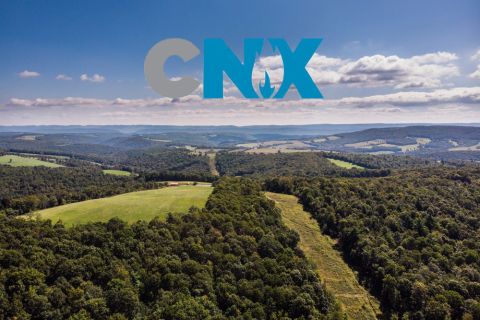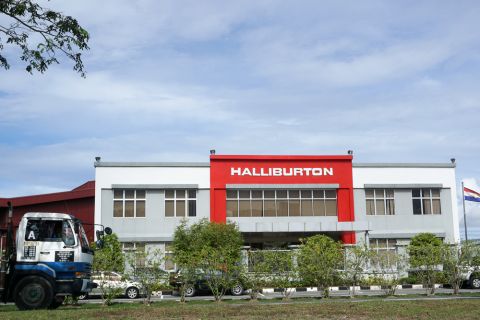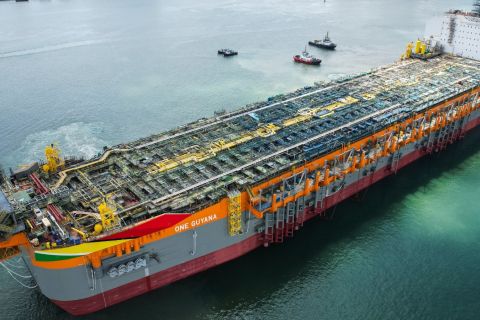Drilling accounted for 75% of the more than $5 billion that 10 producers spent to drill about 1,200 wells and add more than 700 million barrels of oil equivalent of proved reserves in the Gulf of Mexico, a new Ziff Energy Group finding and development cost study reveals. The 10 major oil companies and independent producers reinvested an average of $6 per equivalent barrel of production in the study period. Facilities and platforms accounted for 15% of the group's total outlays, while leasing, geophysics and geology costs accounted for the remaining 10%. The survey was the first that the company had conducted of finding and development costs. It looked at seven areas on the Gulf of Mexico shelf and slope in water up to 1,500 feet from 1996 through 1998 and analyzed economic performance effects using key technologies. The 10 producers who participated intend to examine drilling costs more closely; these costs represented three quarters of their total expenditures, Ziff reports. The Houston- and Calgary-based research firm found that F&D varied significantly from one area to another, with the more mature areas ranging from $5.20 to $8.50 per equivalent barrel (or 87 cents to $1.56 per thousand cubic feet of gas equivalent) and averaging $6.89 per BOE (or $1.15 per Mcf equivalent). The survey also analyzed four key technology areas in the F&D process: geophysics, drilling engineering, petrophysics, and data management. It found that virtually all acquired data is speculative and the acquisition and integration of core data into prospect interpretation correlates with lower F&D costs. Producers that involve all team members in drilling planning see lower F&D costs, Ziff reports. It found that data management accounted for 30% to 50% of E&P professionals' time in the 10 companies. On the operating side, Ziff currently is conducting the third editions of two studies, one for the Gulf of Mexico Shelf and one for deepwater. But officials shared some of the results of their earlier efforts. Ziff's operating cost studies look at four different categories of platforms: fixed, floating/tension leg, subsea and fixed platforms that are acting as production hubs for subsea fields. Fixed hubs in the shelf and slope areas that process production for deepwater subsea satellites have the lowest average operating costs of any group, ranging from 35 cents to $1.20 per BOE. New deepwater fields with floating production facilities have low costs-in the range of 40 cents to $2 per BOE-due to the tremendous flow rates in most of these fields. A growing trend is to tie back subsea satellites to these facilities and convert them to deepwater floating hubs, Ziff said. Subsea satellite developments have low up-front capital investments, but it can cost an additional $1 per BOE to process the oil and gas at nearby host facilities. Also, a subsea well intervention can cost five to 10 times more than a conventional platform intervention, mostly due to day rates for deepwater floating rigs and service vessels. -Jodi Wetuski
Recommended Reading
CNX, Appalachia Peers Defer Completions as NatGas Prices Languish
2024-04-25 - Henry Hub blues: CNX Resources and other Appalachia producers are slashing production and deferring well completions as natural gas spot prices hover near record lows.
Chevron’s Tengiz Oil Field Operations Start Up in Kazakhstan
2024-04-25 - The final phase of Chevron’s project will produce about 260,000 bbl/d.
Rhino Taps Halliburton for Namibia Well Work
2024-04-24 - Halliburton’s deepwater integrated multi-well construction contract for a block in the Orange Basin starts later this year.
Halliburton’s Low-key M&A Strategy Remains Unchanged
2024-04-23 - Halliburton CEO Jeff Miller says expected organic growth generates more shareholder value than following consolidation trends, such as chief rival SLB’s plans to buy ChampionX.
Deepwater Roundup 2024: Americas
2024-04-23 - The final part of Hart Energy E&P’s Deepwater Roundup focuses on projects coming online in the Americas from 2023 until the end of the decade.





